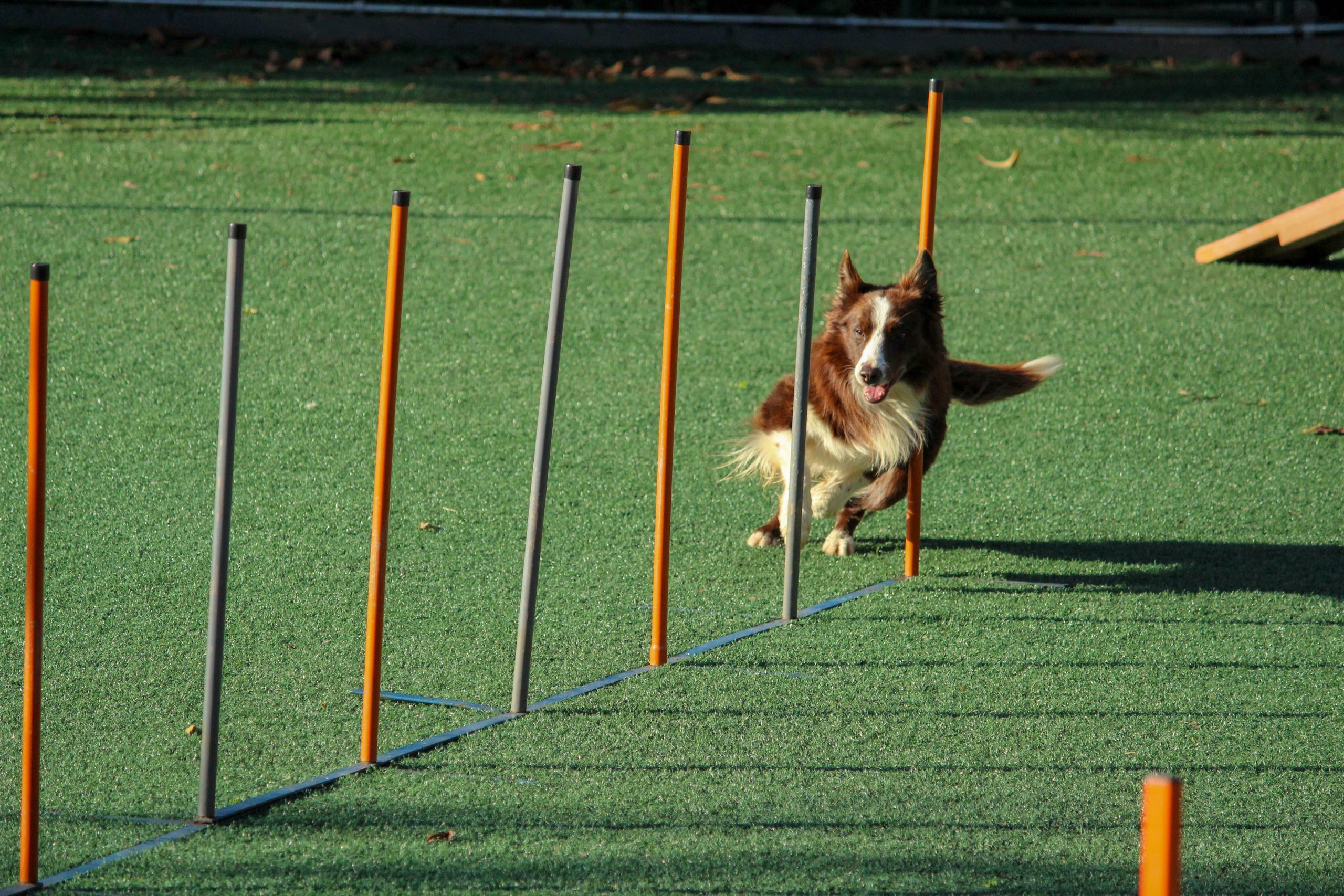Pull Flow, an Old Story…
In 1987, as a young engineer at Philips, I had the chance to take part in a study trip to Japan and visit about ten companies there. In most of them you could see in each workshop card boards. In one of the factories I asked our guide what it was. He was astonished that I asked the question – it was so obvious: it is a Kanban board, to replenish supplies. That is normal. It was a non-event, a practice that was not questioned, had been in place for decades… but almost absent at the time from our western factories. Kanban dates to the ’50s. Drum-buffer-rope dates back to the ’80s. These are old concepts. Are they adapted to our modern, technological age?














